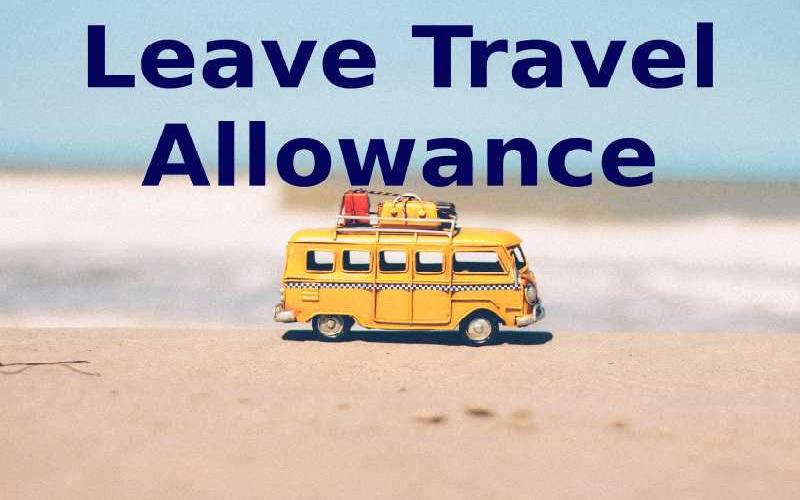LTA doesn’t need any introduction; but has a tricky claim process & understanding.
First & foremost, one can claim LTA only for 2 years in a block of 4 years (current block is 2018-21). In case of no-claim in this block of 4 years, you are allowed to carry forward one-year, i.e. if you have not claimed in previous block (2014-17), now for current block, you can claim for three years 😉.
To avail LTA tax break, the employee has to furnish documentary evidence
of the travel to the employer. In case you don’t travel at all or you don’t
submit the travel bills, the LTA amount gets paid as part of the employee’s
salary after tax deduction as per the applicable income slab.The LTA tax break
is in the nature of a reimbursement which is not taxed, therefore, it is with
respect to the actual expenditure on fare. Hence, if no journey is performed, no tax
break is available.
The LTA tax break can be claimed for travel of self
and family members for journeys undertaken within India. Family includes spouse and
children, whether dependent or not, and parents, brothers, sisters who are
fully or mainly dependent on him. LTA tax break is not available for more than
2 children if born after 01.10.1998. This restriction does not apply to
children born before 01.10.1998.
The non-taxable reimbursement of travel costs is
limited to the actual expenses incurred on air, rail and bus fares only. No
other expenses, like local conveyance, sightseeing, etc., qualify for the tax
break, which is not available every year.
Air travel: the LTA amount for which tax break can be claimed in case of air travel
is the lower of the economy class fare of the national carrier by the shortest
route or the actual amount spent, whichever is less.
Train journey: the LTA amount eligible for tax
break here is the lower of the air-conditioned first class fare by the shortest
route or the actual amount spent. The same rule applies to the journey
undertaken by any other mode, such as a private taxi, and the place of origin
and destination are connected by rail.
Other travel modes: sometimes, the place of origin and
destination are not connected by rail or even by air, and the journey has to be
undertaken by some other mode of transport. In such a case, the LTA tax break
will be available if:
(a) Recognised public transport exists: The
exemption will be lower of first class or deluxe class fare by the shortest
route or the actual amount spent.
(b) No recognised public transport exists: The
exemption will be lower of the air-conditioned first class rail fare by the
shortest route (if the journey has been undertaken by rail) or the actual
amount spent.
Multi-destination journey:Travelling isn’t
necessarily from one place to another. One may travel to different locations on
a single trip. Where the journey is performed in a circular form touching
different places, the LTA tax break is limited to what is admissible for the
journey from the place of origin to the farthest point reached by the shortest
route.
Conclusion: Its recommended to speak to
a qualified advisor, who has the necessary know-how, such that you have the
clarity & guidance towards the tax claim.
Source Credit: Times of India Publication


